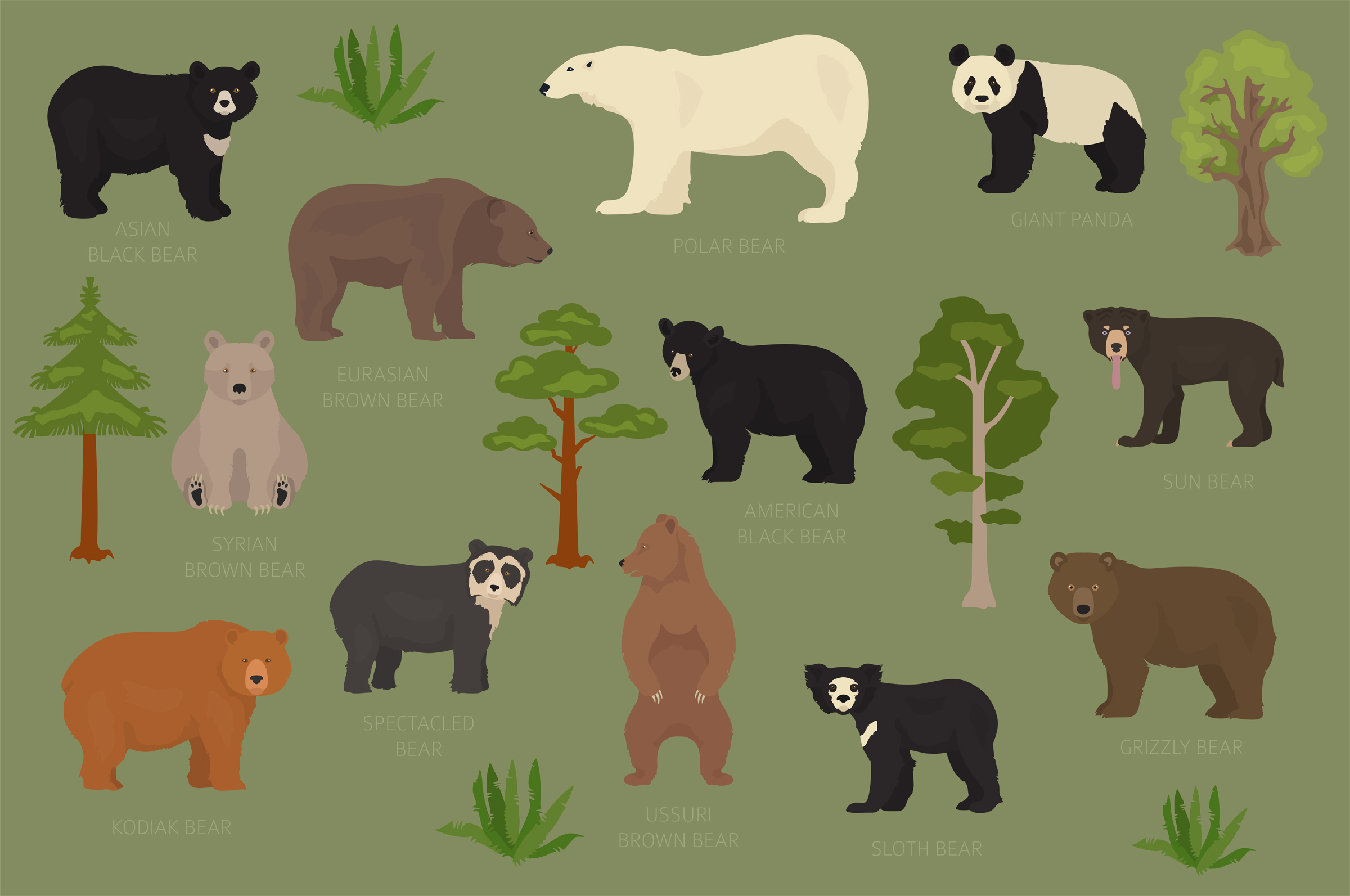
As an educator, parent, or homeschooler, one of the most exciting and rewarding tasks at hand is to introduce young learners to the boundless wonders of the animal kingdom. Be it the mighty lion’s roar or the harmonious chirping of birds, the animal world captivates children’s curiosity and helps instill empathy, respect for nature, and a passion for learning.
Using visual aids such as vector illustrations can significantly enhance this learning experience. They not only make the lessons more engaging but also help kids remember and recall information effectively. Today, we delve into best practices, essential tips, and strategies to avoid common pitfalls when introducing animals to young learners using Clipart.
Incorporating Animals into Learning Activities
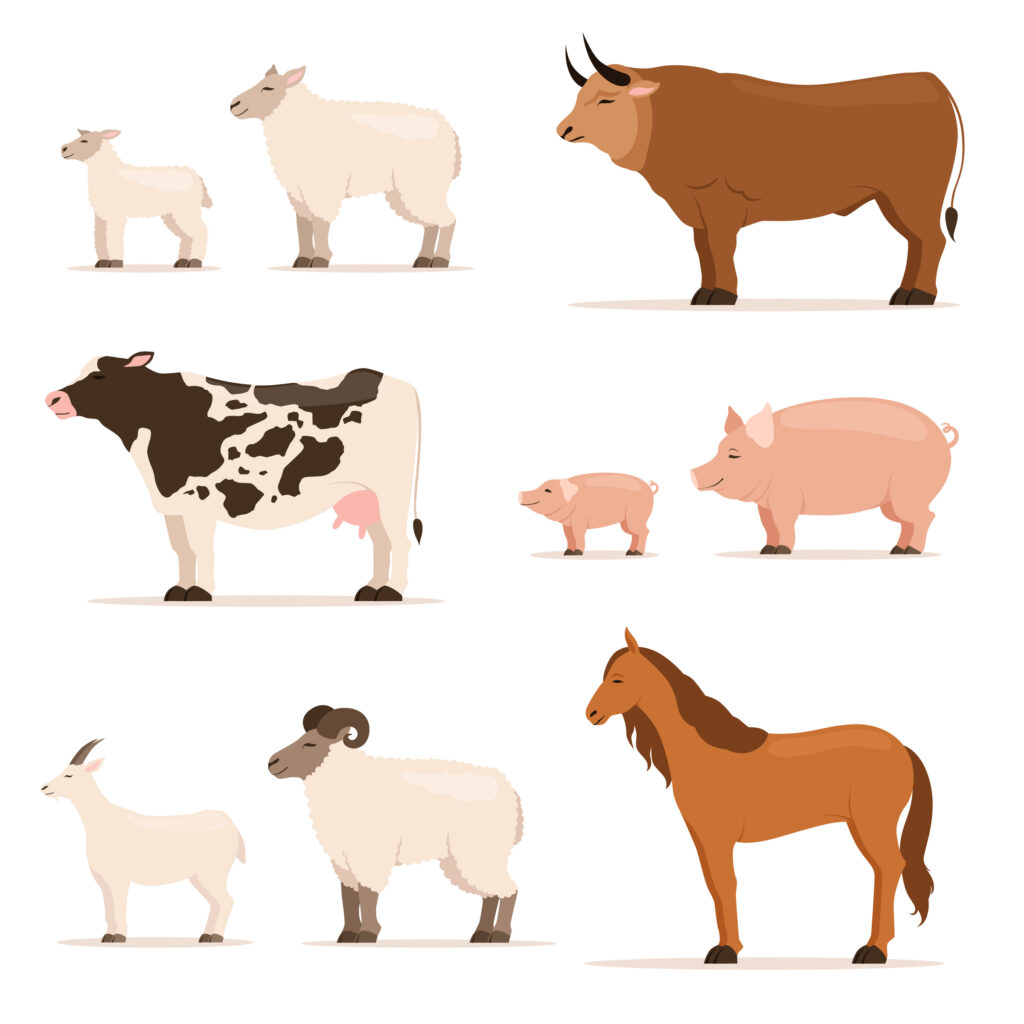
When teaching children about animals, visual aids like Clipart provide an opportunity for kids to visually connect with the subject matter. In our previous post about the benefits of visual aids in education, we discussed how visual learning can improve comprehension and retention of knowledge. The same principle applies to learning about animals.
Before introducing a new animal, ensure that the chosen clipart accurately represents the animal’s features and behaviors. Keep it fun and engaging by turning it into a game, perhaps a guessing game about the animal or a matching game where kids match animals to their respective habitats.
Contextual Learning and Clipart
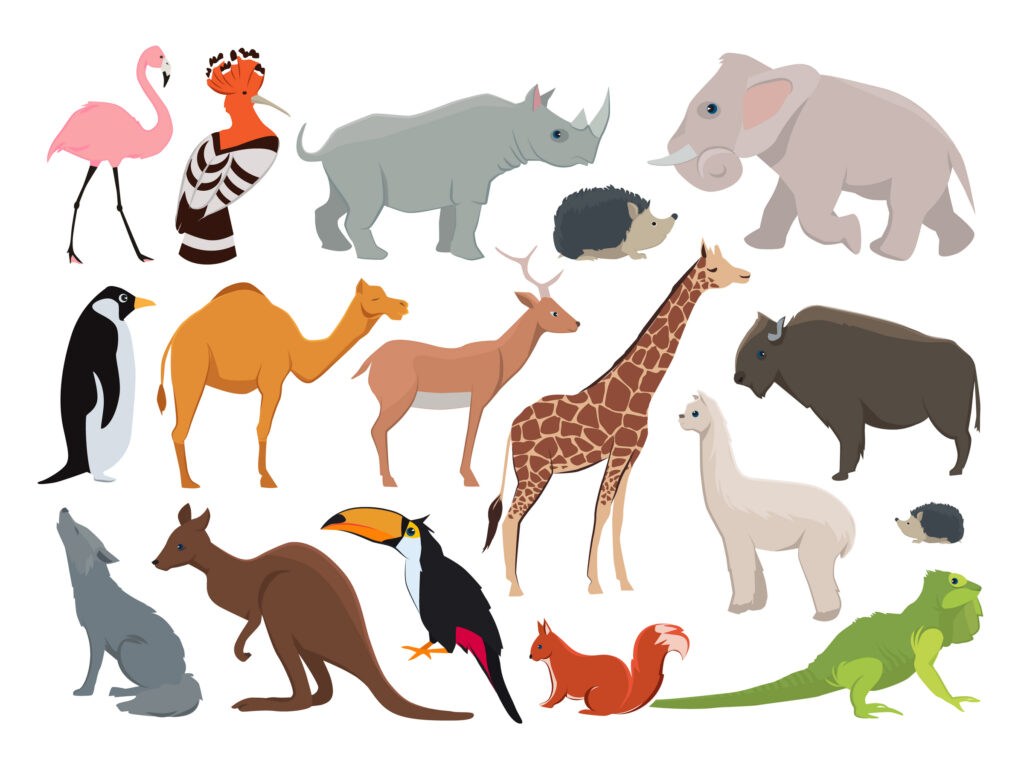
When introducing a new animal, it’s crucial to present it in context. If you’re introducing a polar bear, for example, include clipart images of icy landscapes, fish (their primary food), and other elements associated with the polar bear’s habitat. This will give young learners a better understanding of the animal’s environment and behaviors.
Clipart also allows for the integration of animals into various subjects. In a lesson about alphabets, for instance, ‘A’ can be represented with an ant, ‘B’ with a bear, and so on, making learning both fun and comprehensive.
Avoiding Stereotypes and Misrepresentations
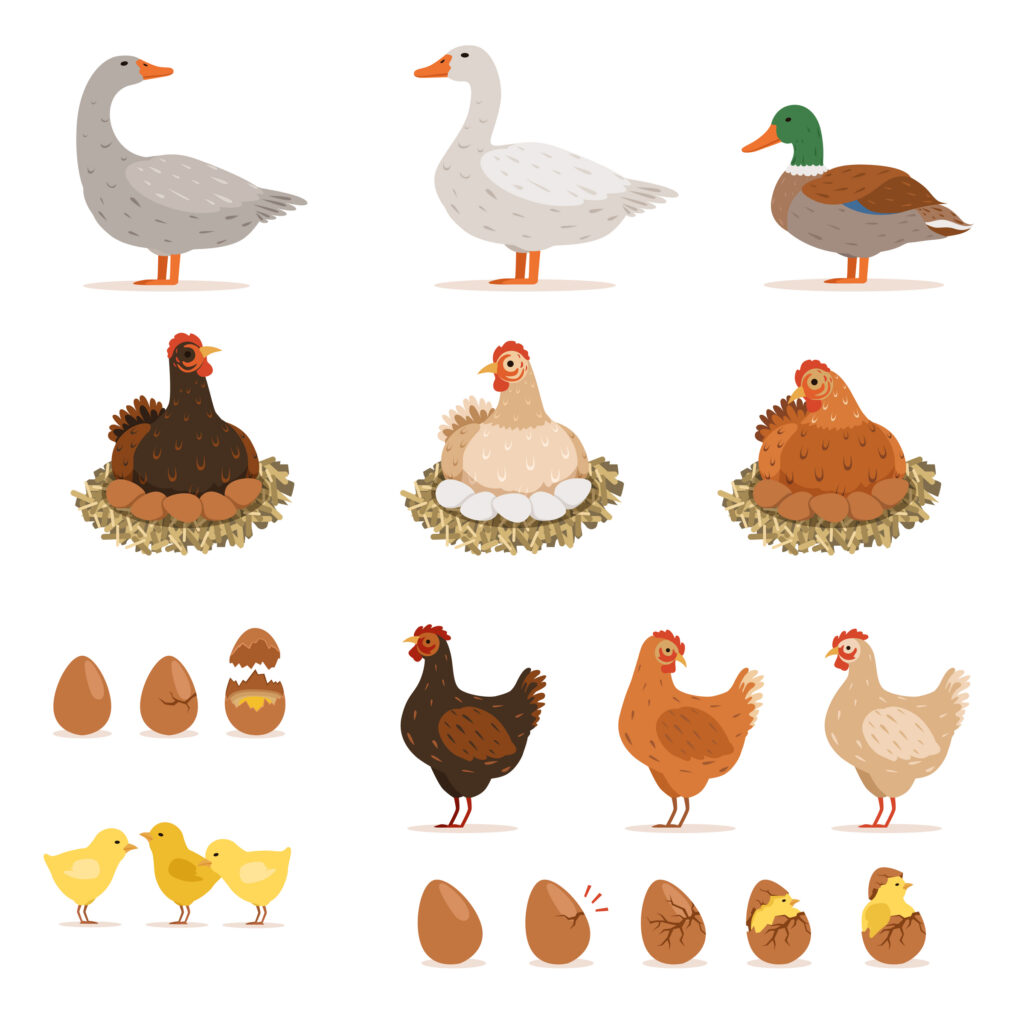
It’s important to avoid stereotypical or inaccurate depictions of animals. Stereotypes can mislead children about the true nature and behavior of animals. For instance, not all lions are fierce, and not all wolves are ‘bad.’ Using clipart that represents animals in various activities – hunting, playing, or sleeping – can provide a more holistic view of their behaviors.
Ensure the clipart you select is scientifically accurate. If inaccuracies creep in, it could lead to misconceptions that become harder to correct later. Remember, it’s crucial to depict diversity within animal species to avoid creating a skewed picture of the animal kingdom.
Common Yet Captivating Animals to Explore with Students
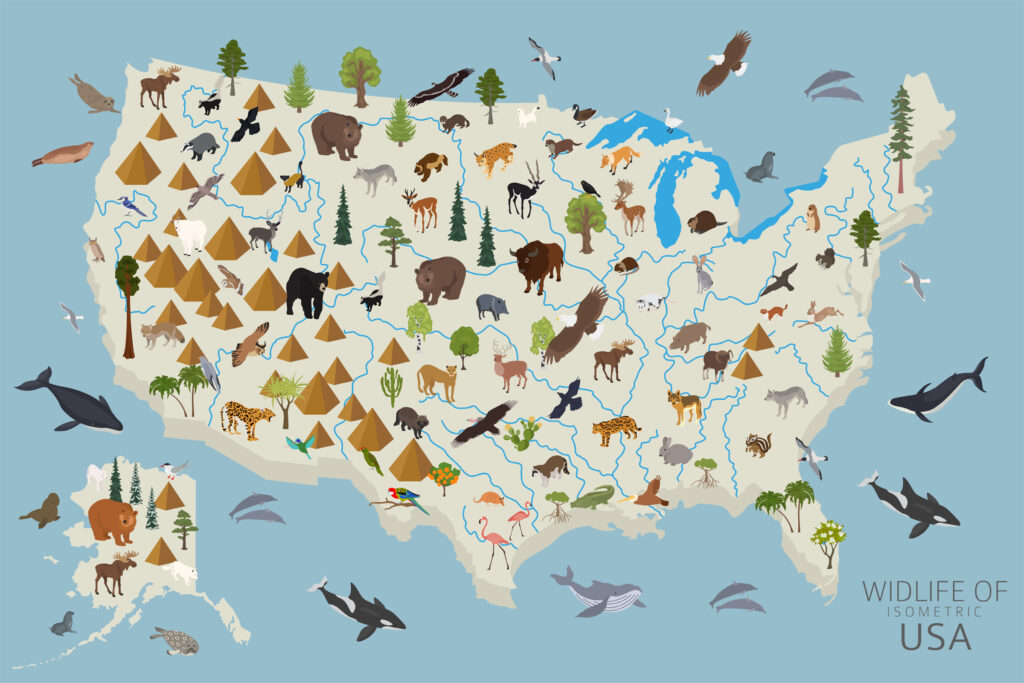
Here’s a list of animals that are commonly familiar and intriguing to young learners. They cover a wide range of habitats, dietary habits, and behaviors, providing a comprehensive introduction to the animal kingdom:
- Lion: Known as the king of the jungle, lions can introduce children to the concepts of social animals and food chains.
- Elephant: These large mammals can be a great way to talk about herbivores and their roles in the ecosystem.
- Penguin: Penguins can help kids learn about the unique animals found in colder regions and adaptations for survival.
- Kangaroo: Kangaroos are unique animals to introduce the concept of marsupials and adaptations like hopping for locomotion.
- Giraffe: With their long necks, giraffes can introduce the topic of adaptations for survival and competition.
- Turtle: Turtles can be a perfect starting point to discuss the differences between reptiles and other animals.
- Owl: Owls can help children learn about nocturnal animals and their unique adaptations.
- Salmon: This fish species can introduce concepts of water ecosystems and the fascinating phenomenon of migration.
- Polar Bear: Polar bears can help children understand how animals adapt to survive in harsh, cold environments.
- Chameleon: Known for their color-changing ability, chameleons can be a fun way to talk about camouflage and other defense mechanisms.
- Honey Bee: Bees introduce children to insects, the importance of pollinators, and the concept of colonies or social structure in insects.
- Dolphin: Dolphins can help children understand marine life, intelligence in animals, and communication methods.
- Gorilla: These primates can be a good starting point for discussions about our closest animal relatives, conservation issues, and habitats.
- Anteater: Unusual animals like the anteater can introduce children to the diversity of the animal kingdom and unique feeding habits.
- Platypus: This unusual mammal can help children learn about oviparous mammals (mammals that lay eggs), adaptations for aquatic life, and the peculiarities that make the animal kingdom so diverse and interesting.
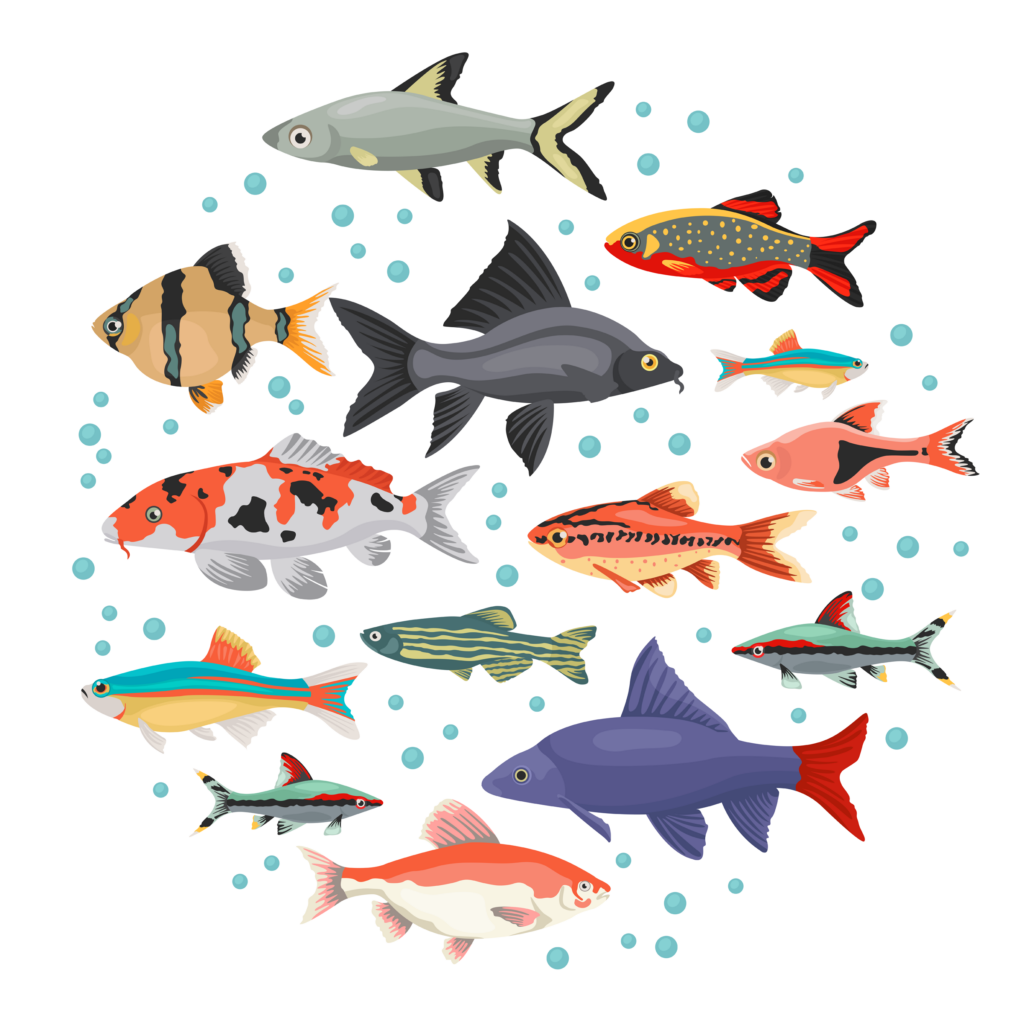
Introducing animals to young learners using visual aids like clipart is an effective, fun, and engaging way of teaching. It not only captures children’s attention but also enhances their learning experience by encouraging curiosity and fostering a deeper understanding of the world.
By carefully selecting appropriate and accurate clipart, avoiding stereotypes, and presenting animals in context, we can provide a well-rounded and accurate view of the fascinating animal kingdom. So, let’s embark on this journey of exploration together, inspiring young minds to appreciate and respect the wonderful world of animals.
Remember, education is not just about imparting knowledge, it’s about lighting a fire of curiosity that will lead to a lifelong passion for learning.




